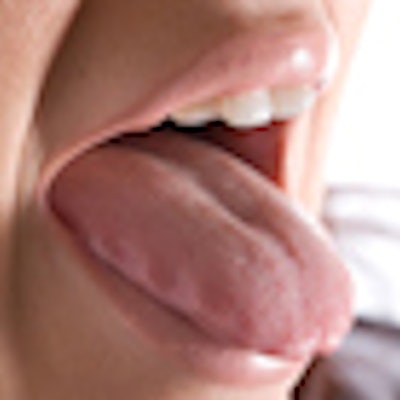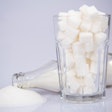
Humans register some tastes, such as sweets, more quickly than others due to molecular size. Flavor flow also affects taste perception, and knowing this may affect broad public health concerns, according to a study published on June 4 in PLOS Computational Biology.
A better understanding of the early stages of taste may assist in addressing health concerns, such as sugar consumption, which put individuals at greater risk for caries and obesity.
It could have a major effect on global health, for example, by "speeding up and shortening the transport processes of sweet compounds to enhance the onset of sweet taste perception, achieving rapid sensory satisfaction while reducing sugar intake," wrote the authors, led by Zhenxing Wu, a postdoctoral scholar at Ohio State University Department of Otolaryngology - Head and Neck Surgery.
As the world faces an epidemic of obesity and diabetes, taste perception plays an important role in food selection, food intake, energy, and nutrition balance. Data from the taste system offer a glimpse into behavior choices, including identifying nutritious food sources and driving cravings. Due to the link between oral and overall health, understanding early taste responses also has the potential to improve dental health and outcomes.
Scientists already knew that the intensity of a flavor increases over time after it flows over a person's tongue, but they didn't know why this occurred. They assumed that papillae played a role in intensifying flavors, so the researchers focused on finding out how they worked.
Wu and colleagues computationally modeled the surface of the human tongue, which has four types of papillae, as a microfiber porous medium, like a sponge. Three of the papillae contain taste buds, while the fourth increases friction. They modeled the way flavors move around the papillae in the tongue by passing a range of salty and sweet stimuli over it. This was done in an intense rush, and then slowly.
Pouring flavors over the tongue quickly caused the stimuli to enter the papillae faster, registering flavors more quickly, according to the authors.
Molecular size determined most how the flavor diffused on the tongue. Stimuli with smaller molecular sizes, such as sweets, led to quicker taste perception, which may be why taste buds register sweet substances more quickly. Therefore, the types of food and drink consumed affect a person's ability to taste, according to the study.
Nevertheless, stimuli may not enter a taste pore near the surface before penetrating one deeper in the papillae. Instead, the overall rise in concentration may better indicate the probability of flavors penetrating the taste pores in general, the authors wrote.
Regardless, these findings may help change the way clinicians talk to and treat patients with poor nutrition, diabetes, and obesity.
"The interest to understand early taste responses is important, not only for basic science, but also for clinical and public health applications," the authors wrote.



















